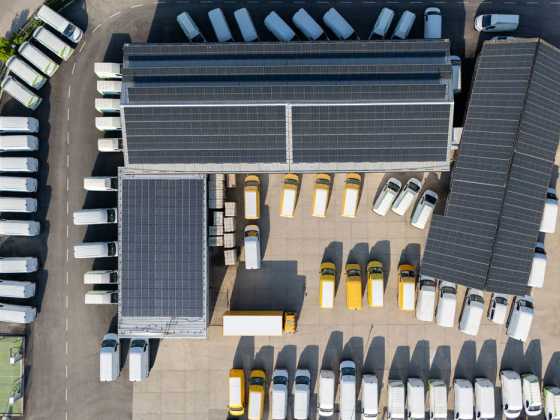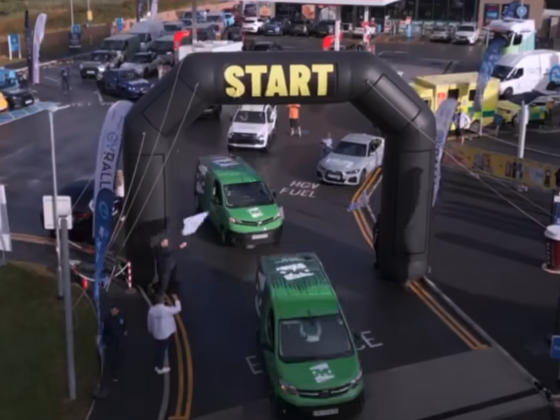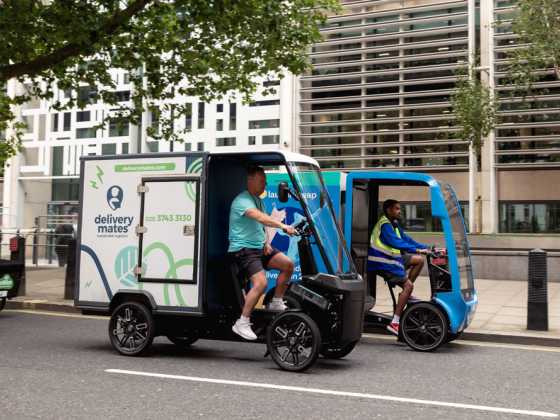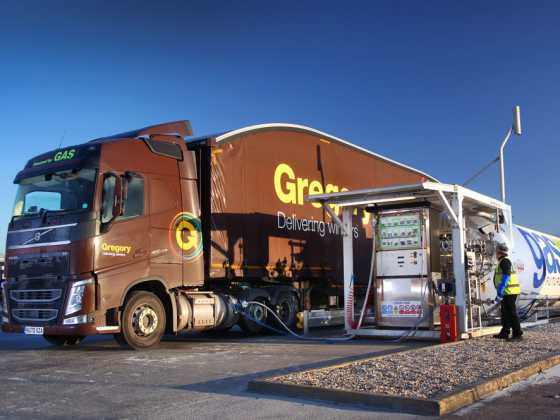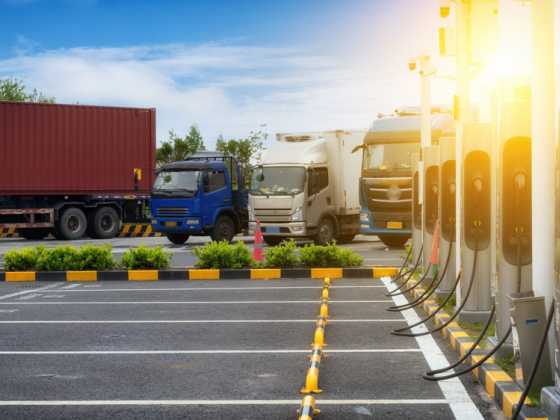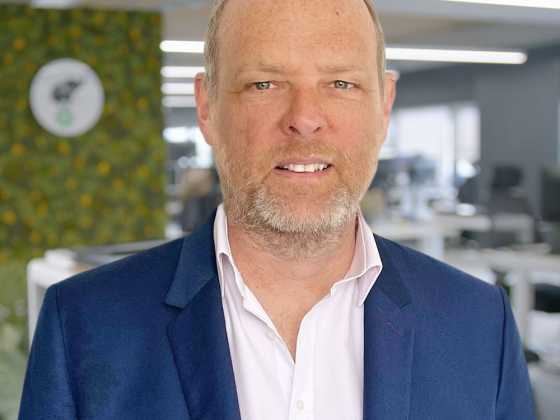Andy Eastlake: “More” is not always “Right”
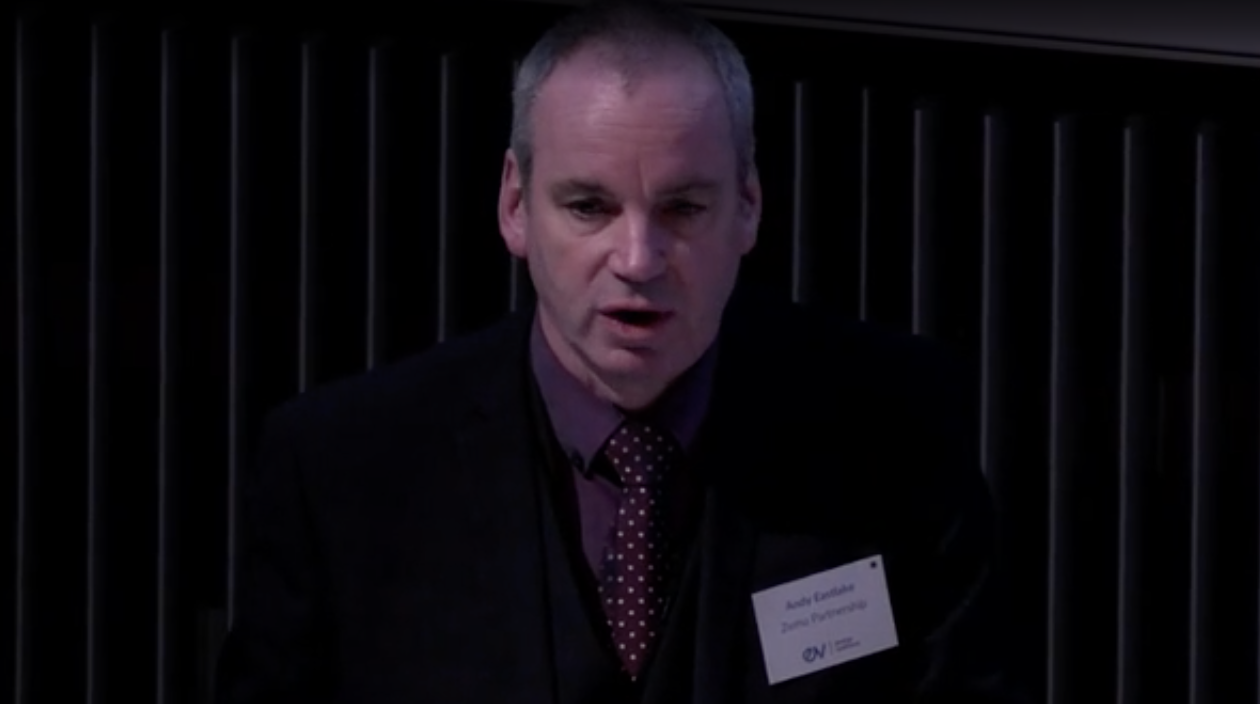
Zemo Partnership's Andy Eastlake assesses the challenge of transitioning to electric road transport, delving into the recent EV Energy Taskforce report
As if the energy markets weren’t turbulent enough, now we have a major war and a new imperative to transition as fast as possible from imported fossil energy. Fortunately the solution to this new, immediate problem is well aligned to the longer term imperative to move to low – and ultimately zero – carbon energy.
But as we at Zemo publish our collaborative work from the EV Energy Taskforce (EVET) on how to deliver a charging infrastructure for the 2035 phase out of ICE cars and vans (jointly with the Energy Systems Catapult, Government and 350 stakeholders), we have been surrounded by calls for more charge points, more grid investment, more energy, more data and more communication.
Of course we need more of all these things, plus importantly, of the vehicles to buy, since accelerating the electric transition in transport is one of the most important ways we can tackle these existential challenges. But, just putting more vehicles on the road (or in parking spots!), or more battery into every car without thinking about how they are best and most effectively used and what they should replace, is not the answer any more than is just putting in chargepoints liberally wherever we can.
For a successful and optimum future transport system, we need the right infrastructure in the right place, with the right utilisation by the right vehicles, to deliver the electric transition.
The Taskforce’s new report launched on 31st March, projects that if we’re to meet the objectives set out in the Sixth Carbon Budget, by 2035 electricity demand from the transport sector will rise to 55 TWh per year, making up 14% of total UK demand and equivalent to the electricity now consumed by 18 million homes.
This is clearly a major structural change; we need to make sure it happens, of course, but we also need to make sure it happens in a way that maximises efficiencies across the whole system. By 2035, for example, we’re going to have much more intermittent, renewable energy. We can reduce the number of wind turbines, solar panels and other renewable sources that we’ll need to install if we charge in a ‘smart’ way – taking in electricity when it’s abundant and, ideally, using the large battery storage capacity of our full fleet of EVs to supply electricity for other uses when it’s short.
Of course, we need to optimise our future energy system incorporating electric transport but we also need to make sure we make this transition happen as fast as possible. In order to do this, we need to take people, vehicle drivers, along with us.
Modelling work by the EV Energy Taskforce, published in its latest report, identifies the number of public chargepoints (or, rather, a range of numbers) that will be required to meet user needs. The number – just short of 500,000 (in the central case) – is based on the presupposition that we install the right kinds of chargers in the right places.
A significant number of public chargers will be required by both private and fleet drivers without their own off-street parking. The Taskforce anticipates that their charging needs will be primarily met through a combination of on-street charging and local rapid-charging hubs. For all drivers, including those who mainly charge at home, a network of rapid (and ultra-rapid) chargers is already developing fast on our motorways and major road networks. By 2035 the Taskforce projects that 60,000 en route rapid chargepoints will be needed along the strategic road network, more than 10 times the number in place today.
Developing this infrastructure in the right way (ahead of when it’s needed, so we can retain consumer confidence) is now the major challenge for the electric transition in road transport. The Taskforce’s report provides a good blueprint for the route ahead with the actions needed to get there, and the members are committed to supporting everyone on their journey to an electric dream in the ‘right’ way.

